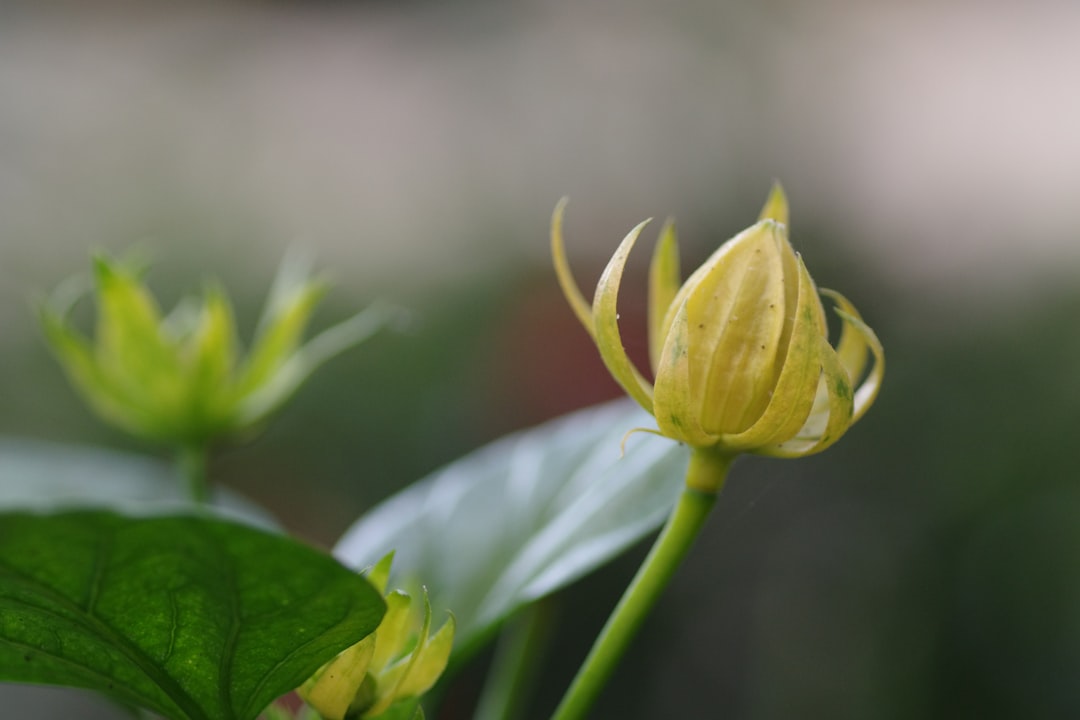The Secret to Abundant Bell Pepper Harvest in Pots

Edible gardening has become a popular pastime for many, especially those with limited space. One of the most rewarding vegetables to grow in pots is bell peppers. Not only do they add a splash of color to your patio or balcony, but they also provide a fresh and healthy addition to your meals. In this article, we'll explore the essential tips to ensure a successful harvest of bell peppers in pots.
Choosing the Right Pot
The first step in growing bell peppers in pots is selecting the appropriate container. Bell pepper plants have a relatively extensive root system, so you'll need a pot that is at least 12 - 16 inches in diameter and 12 inches deep. This provides enough space for the roots to spread and grow. Additionally, make sure the pot has drainage holes at the bottom to prevent waterlogging, which can lead to root rot.
You can choose from a variety of materials, such as plastic, ceramic, or terracotta. Plastic pots are lightweight and retain moisture well, while ceramic and terracotta pots are more porous and allow for better air circulation. Consider your specific needs and the environment where you'll be placing the pots when making your decision.
Selecting the Ideal Bell Pepper Varieties
There are numerous bell pepper varieties available, each with its own unique characteristics. When growing in pots, it's best to choose compact or dwarf varieties that are well - suited for container gardening. Some popular options include 'Miniature Bell', 'California Wonder', and 'Sweet Chocolate'. These varieties typically grow to a manageable size and produce a good yield in limited space.
You can purchase bell pepper seeds or seedlings from your local nursery or garden center. If you're starting from seeds, sow them indoors about 8 - 10 weeks before the last expected frost date. Transplant the seedlings into the pots once they have developed a few sets of true leaves and the weather has warmed up.
Providing the Right Soil and Fertilizer
Bell peppers thrive in well - drained, fertile soil. Use a high - quality potting mix that is rich in organic matter. You can also add some compost or aged manure to the potting mix to improve its nutrient content. The soil should have a pH level between 6.0 and 6.8, which is slightly acidic to neutral.
Fertilizing your bell pepper plants is crucial for a successful harvest. Start by applying a slow - release fertilizer when you transplant the seedlings into the pots. As the plants grow, you can supplement with a liquid fertilizer every 2 - 3 weeks. Look for a fertilizer that is high in phosphorus and potassium, as these nutrients are essential for fruit development. However, be careful not to over - fertilize, as this can lead to excessive foliage growth at the expense of fruit production.
Ensuring Adequate Sunlight and Water
Bell peppers are sun - loving plants and require at least 6 - 8 hours of direct sunlight per day. Place your pots in a sunny location, such as a south - facing patio or balcony. If you don't have enough sunlight in your area, you can use grow lights to supplement the natural light.
Watering is another important aspect of growing bell peppers in pots. The soil should be kept consistently moist but not waterlogged. Check the soil moisture regularly by sticking your finger about an inch into the soil. If it feels dry, it's time to water. Water the plants deeply, allowing the water to soak through the soil and drain out of the bottom of the pot. During hot, dry weather, you may need to water more frequently.
Pruning and Supporting the Plants
Pruning your bell pepper plants can help improve air circulation and promote better fruit production. Remove any damaged or diseased leaves and branches, as well as any suckers that grow from the base of the plant. You can also pinch off the tips of the main stems to encourage bushier growth.
As the bell pepper plants grow, they may need some support to prevent them from falling over. You can use stakes or cages to support the plants. Place the stakes or cages in the pots when you transplant the seedlings, and gently tie the plants to the support structure as they grow.
Pest and Disease Management
Like any other plants, bell peppers are susceptible to pests and diseases. Common pests include aphids, spider mites, and whiteflies. You can control these pests by using insecticidal soap or neem oil. For diseases, such as powdery mildew and bacterial spot, make sure to provide good air circulation and avoid overhead watering. If necessary, you can use fungicides to treat the diseases.
Regularly inspect your bell pepper plants for any signs of pests or diseases. Early detection and treatment are key to preventing the spread of problems and ensuring a healthy harvest.
Harvesting Bell Peppers
Bell peppers are ready to harvest when they reach their full size and have developed their characteristic color. Most bell peppers start out green and turn red, yellow, orange, or other colors as they mature. You can use a sharp pair of scissors or pruning shears to cut the peppers from the plant, leaving a short stem attached.
Harvesting regularly encourages the plant to produce more fruit. You can enjoy your freshly harvested bell peppers in a variety of ways, such as in salads, stir - fries, or stuffed with your favorite fillings.
In conclusion, growing bell peppers in pots is a great way to enjoy fresh, home - grown vegetables even if you have limited space. By following these essential tips, you can ensure a successful harvest and have a bountiful supply of delicious bell peppers throughout the growing season.